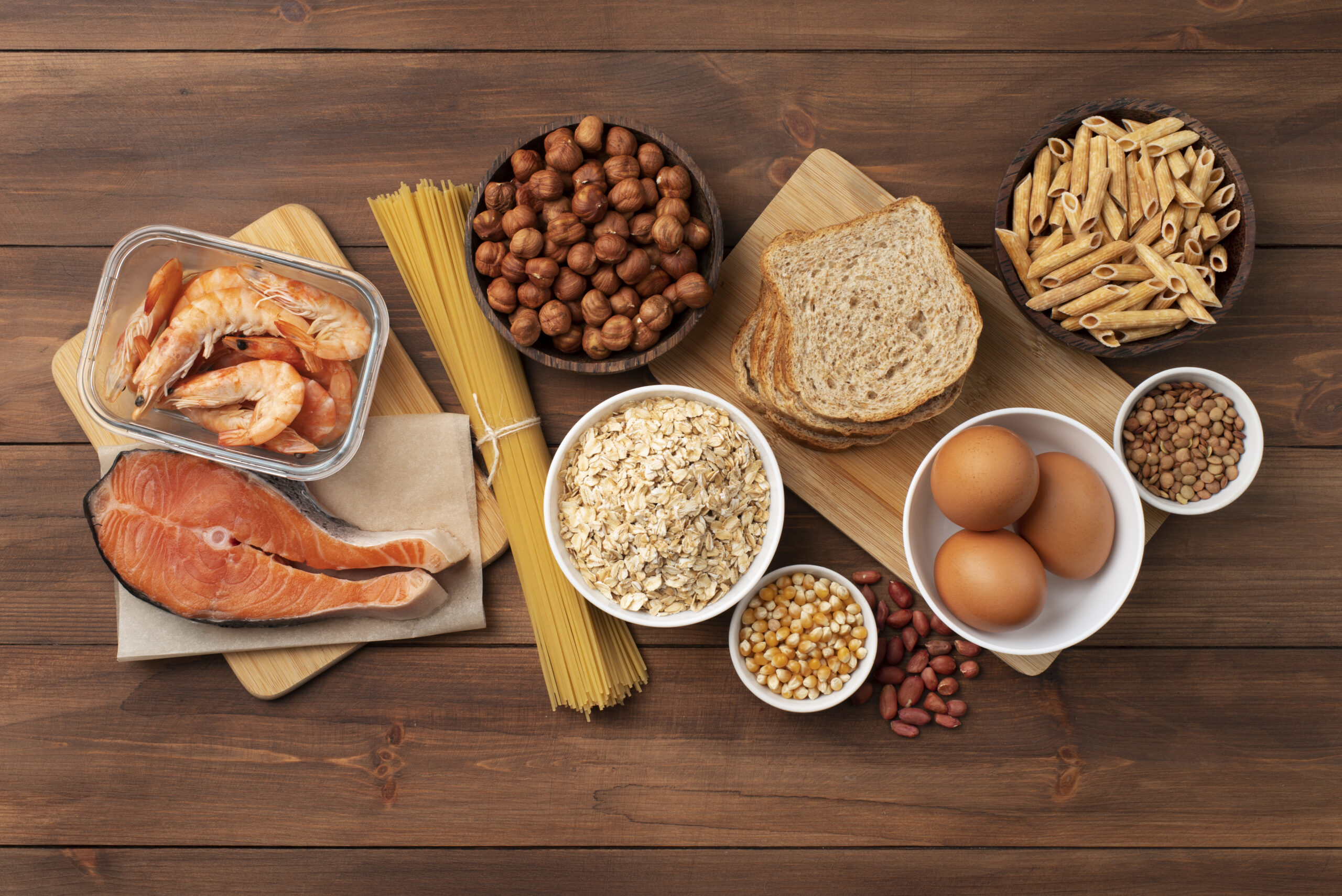
Our bodies have a remarkable way of processing food for energy and signaling when we’ve had enough to eat. The feeling of fullness after a meal is crucial when it comes to supporting healthy food choices and sustaining a lower body weight. While all macronutrients—fat, carbohydrates, and protein affect satiety, protein-rich diets are especially effective in promoting a lasting sense of fullness.
Protein is very important when it comes to weight management and overall health. It aids in weight loss, particularly in reducing belly fat, through multiple mechanisms. In this article, we will be exploring how protein influences weight loss and its overall benefits.
In order to lose weight, we need to create a negative energy balance, gaining fewer calories than we burn throughout the day. But when hunger strikes, resisting tempting foods can be tough.
The smell of fresh pastries, the sight of chocolate bars at checkout, or the lure of fast food after work can feel nearly impossible to ignore. It is at this point that satiety becomes essential; it is a lot easier to make up our minds when we are not hungry.
Satiety signals are triggered as we eat, starting from the mouth and continuing through the digestive system. One key factor is the stretching of the stomach as food enters, which prompts the release of satiety hormones. At the same time, nutrients stimulate gut hormones that help regulate appetite.
As digestion continues, more hormones are released, all sending messages to the brain. In response, the brain slows down eating, increases energy expenditure, and delays stomach emptying—helping us feel full and satisfied for longer.
Dietary protein plays a vital role in many essential bodily functions. Such functions include:
However, protein intake beyond 35% of total daily calories does not appear to offer additional benefits. For long-term health, it’s best to aim for balanced meals that include all essential macronutrients.
The Dietary Reference Intake (DRI) recommends 46 grams of protein per day for women and 56 grams for men. While this may be enough to avoid deficiency, it’s not ideal for those aiming to lose weight or build muscle.
Research suggests that a protein intake of around 30% of total daily calories is effective for weight loss. For instance, on a 2,000-calorie diet, 30% equals 600 calories from protein. Since protein contains 4 calories per gram, that works out to about 150 grams of protein per day.
Alternatively, protein needs can be estimated based on body weight. A common guideline is to aim for 0.7 to 1 gram of protein per pound of lean body mass (or about 1.5 to 2.2 grams per kilogram). This approach helps tailor protein intake to individual goals and body composition.
Protein is composed of smaller components called amino acids. There are 22 amino acids in total, with 9 classified as essential, due to the inability of the body to produce them on its own, meaning that they must be obtained through food.
Protein sources vary in their amino acid profiles. Some foods—mostly animal-based proteins like meat, eggs, and dairy—contain all 9 essential amino acids and are considered complete proteins. Others, especially plant-based sources, may lack one or more essential amino acids, but combining different plant proteins (like beans and rice) can still provide a complete amino acid profile.
High-quality animal proteins are rich in essential amino acids and can be easily absorbed by the body. Examples include:
High-quality plant proteins can support a balanced diet and are often rich in fiber and other nutrients. Great options include:
For balanced nutrition and heart health, it’s wise to combine lean animal-based proteins with plant-based options to help reduce saturated fat intake while managing calories.
If meeting your protein needs through food alone is challenging, supplements like whey protein can be a helpful addition—studies even link it to enhanced weight loss.
While increasing protein sounds simple in theory, putting it into practice can be tricky. To stay on track, consider using a calorie or nutrition tracker to monitor your intake. Weighing and measuring your food can also help ensure you’re consistently meeting your protein goals.
Dietary protein has a stronger impact on satiety compared to carbohydrates and fat. High-protein diets enhance feelings of fullness and boost energy expenditure, making them effective for weight loss. However, all macronutrients—protein, fat, and carbohydrates—play essential roles in the body. For overall health, it’s important to maintain a well-balanced diet that includes all three.